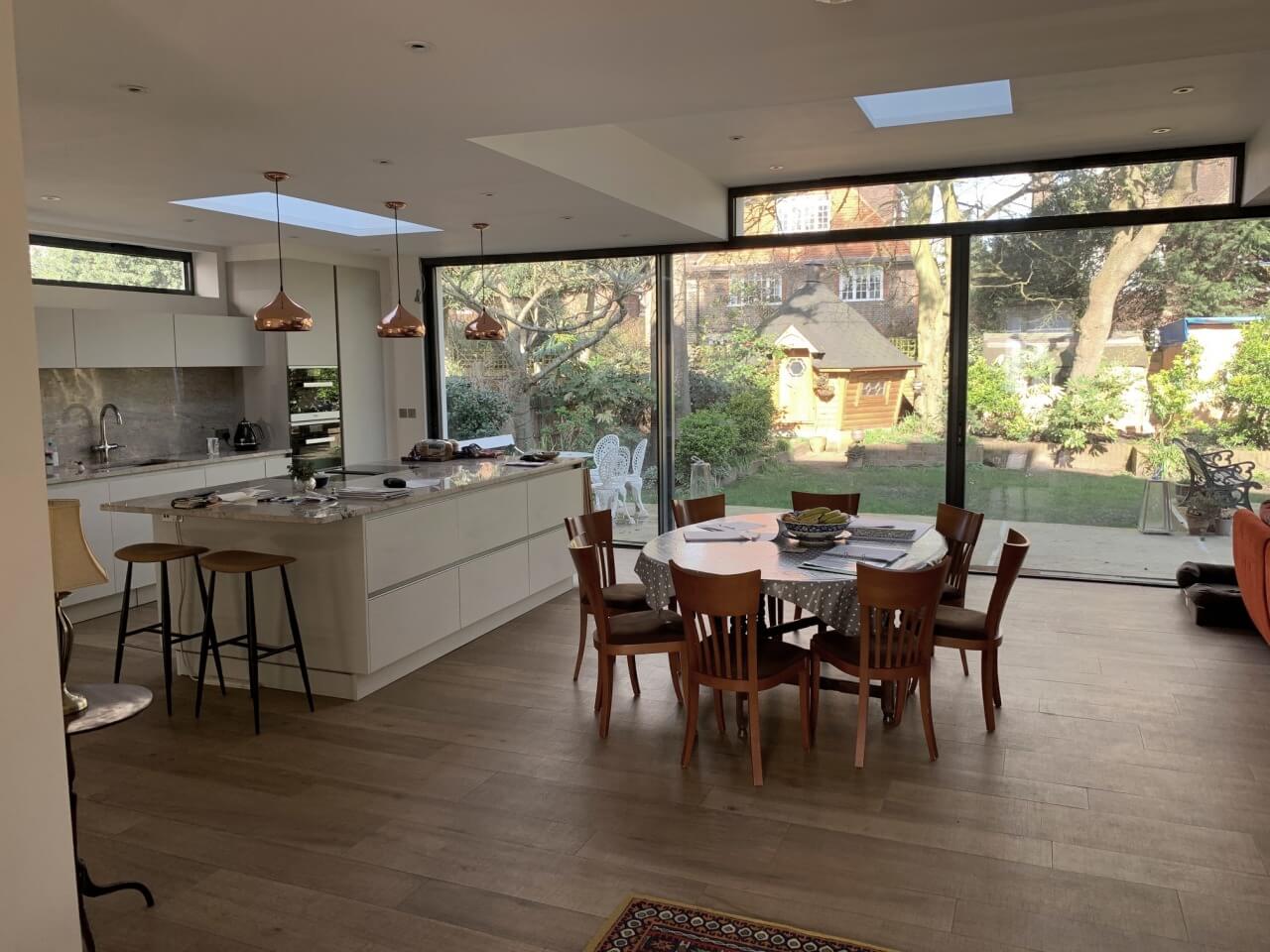Your Mini-Guide to Planning a Home Extension

Adding an extension to your home is an excellent way to create additional living space and maximise your available space. Home extensions also tend to give a good return on investment and can instantly add value to your property. That being said, extending your home is a significant project that requires a fair amount of time and resources. For that reason, you must plan a home extension carefully and choose a reliable building team that will do a quality job. With this in mind, here is a mini guide to designing a home extension:
Obtaining planning permission
If you are considering extending your home, then you must start by checking whether your extension will require planning permission. The current rules allow you to extend your house without planning permission, so long as certain conditions are met. For instance, only half of the land surrounding your property can be built on, and the extension must not be built higher than the existing property. If these limitations are exceeded, then you will need to apply for planning permission before the work can be carried out. You should keep in mind that it usually takes up to eight weeks to obtain planning permission, although the process can be longer if your project is more complex. There will also be various fees involved in the application process, so you must factor this into your budget. It is recommended that you read the government’s guidance on permitted development rules before you start planning a home extension.
Budgeting for your extension
As mentioned, home extensions are not cheap, and the average cost of a home extension in the UK is £26,000. You may also be required to pay various fees and taxes on top of this figure. Luckily, there are ways to lower the cost of an extension, i.e., by choosing a smaller extension size in a simple design. You must always price up your home extension project beforehand and get a realistic idea of the total costs involved, considering all applicable fees. Make sure that you agree on prices with contractors before they start the work and have some money set aside to cover any emergency or unexpected costs that may arise.
Creating a streamlined look
Your home extension should complement the rest of your property and create a streamlined look. You should pay particular attention to exterior features such as windows and doors. Ideally, you should opt for windows and doors that match your existing designs. Alternatively, you can take the opportunity to replace your current windows and doors with more modern styles or make your home eco-friendlier by choosing energy-efficient windows and doors. For instance, timber can be used to add extra insulation and is far more sustainable than other materials commonly used to build windows and doors. Timber is also an excellent option for a home extension as it is incredibly durable and resistant against harsh weather conditions.
Use the above tips to help you plan a successful and cost-effective home extension!
